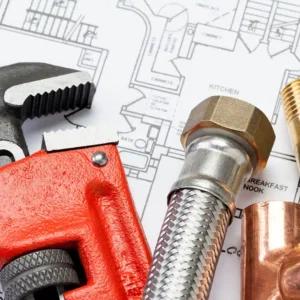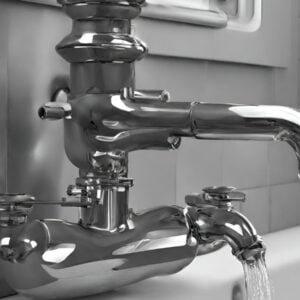The Role of Social Media in Understanding Plumbing Aspects of Urban Infrastructures

By Andie
As a keen observer of urban infrastructure, you might be surprised to learn that social media platforms now play a crucial role in understanding various aspects, especially plumbing. Social media platforms such as Twitter and Facebook, with their billions of regular users, are reshaping the way stakeholders comprehend and interact with these traditionally under-represented facets. This blog post dives into this topic, highlighting how social media is helping unveil new insights for decision-makers and the public alike.
Connecting Communities through Digital Platforms
Within the digitally connected world, social media platforms serve as a gathering place for online communities discussing various topics, including urban infrastructure. By facilitating interactions among disparate groups, they enable public discussions about plumbing issues, nurturing the proliferation of plumbing tips on social media, thereby fostering an increased awareness about these often overlooked aspects of city planning.
Disseminating Information Rapidly
One key advantage social media brings to light is its remarkable speed at disseminating information. A minor plumbing issue in one part of the city can quickly gain traction across multiple platforms, alerting local authorities and potential service providers faster than traditional channels could ever achieve.
Enabling Citizens to Voice Concerns
Social media provides a robust mechanism for citizens to voice their concerns and experiences related to plumbing issues. Sharing firsthand experiences helps raise awareness and puts pressure on relevant bodies to take timely action.
Functioning as Early Warning Systems
Posts shared on social media regarding specific issues often function as early warning systems. Tags concerning recurring problems in specific locations make it easier for authorities to pinpoint trouble spots and prioritize actions accordingly.
Serving as Feedback Channels
Social media platforms offer two-way communication channels. Authorities can gather feedback and incorporate it into urban planning decisions. The result is a more responsive and reliable plumbing infrastructure.
Enhancing Transparency in Decision Making
By providing platforms where policies can be discussed and questioned openly, social media brings about transparency in decision making. Such discussions can help ensure that necessary improvements to the plumbing system are implemented efficiently and effectively.
Facilitating Knowledge Sharing
Social media creates an environment conducive to knowledge sharing among professionals, enthusiasts, and the general public. It bridges the gap between technical jargon and layman understanding, helping everyone better comprehend the complexity involved in maintaining plumbing infrastructures.
Digital Advocacy for Improved Infrastructure
Platforms such as Facebook and Twitter have allowed for the creation of advocacy groups which seek better plumbing infrastructure. By joining forces online, these groups amplify their collective voice and apply pressure on local governments for action.
Mastering DIY Plumbing Projects
With the aid of social media platforms like YouTube, residents can learn to handle basic plumbing projects. This reduces dependence on professional plumbers for minor issues and promotes a greater understanding of plumbing systems among citizens.
Analyzing Public Sentiment for Improvement
Some authorities leverage social media data to analyze sentiment regarding infrastructure conditions. This valuable feedback can guide them in identifying deficiencies and planning improvements.
Providing Real-Time Updates
Finally, in times of crises or regular maintenance, authorities can utilize social media to provide real-time updates about ongoing efforts. Having a readily …read more
Source:: Social Media Explorer






